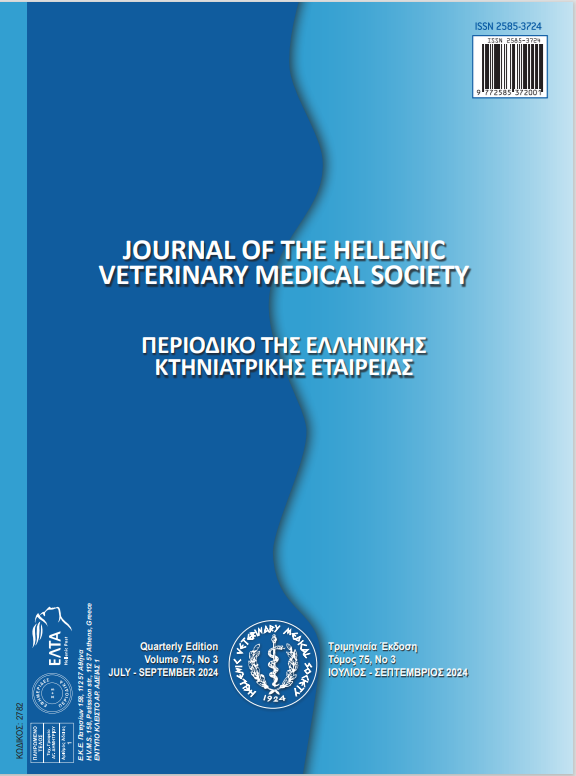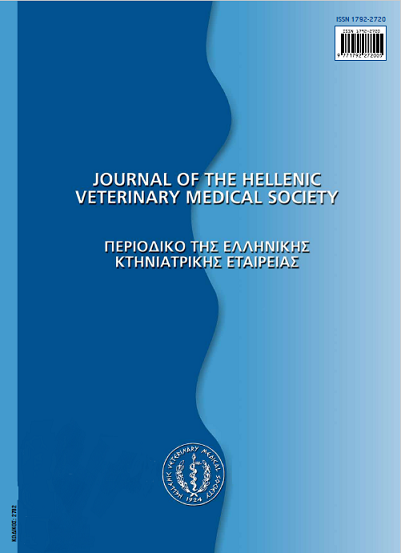Genetic changes clinically relevant in canine osteosarcoma

Abstract
Osteosarcoma (OSA) is a malignant tumour of osteoblasts, forming neoplastic bone and/or osteoid. The cancer is most prevalent in children and canines, although occurring 10 times more frequently in the latter (Fenger et al., 2014). Up to 85% of malignant bone cancers are diagnosed as OSA, characterised by aggressive metastasis and rapid haematogenous dissemination, particularly to the lungs (Nelson and Couto, 2019, Thompson and Dittmer, 2020). These most commonly occur in dogs aged between 7-10 years (Selvarajah et al., 2009). The nature of canine osteosarcoma (CnOSA) gravitates to the appendicular skeleton, with 95% prevalence in dogs over 40kg, and 40% prevalence in dogs under 15kg (Nelson and Couto, 2019). Regardless of the high prevalence of CnOSA, there has been little progression in improving survival rates in the last 50 years (Zapata et al., 2019). This may be a consequence of the spontaneity of the cancer in canines (Davis and Ostrander, 2014). However, recent combined utilisation of genomic/transcriptomic technologies has been of benefit to investigating genetic loci as causes and/or protectors against CnOSA (Davis and Ostrander, 2014). As a result, somatic mutations in the TP53, MYC, CDKN2A/B, PTEN, RUNX2, and DLG2 genes in humans and dogs with osteosarcoma– and KIT and MDM2 in OSA dogs alone have been identified (Zapata et al., 2019). These findings are not only of prognostic importance to the several dog breeds with genetic predispositions to CnOSA (Simpson et al., 2017), but for humans too. This is not purely for better diagnosis of at-risk patients, but for earlier management, and a foundation for novel approaches to treatment targets for OS. Therefore, this literature review aims to identify the genetic changes clinically relevant in dogs with osteosarcoma.
Article Details
- How to Cite
-
Lee, E., & Loukopoulos, P. (2024). Genetic changes clinically relevant in canine osteosarcoma. Journal of the Hellenic Veterinary Medical Society, 75(3), 7649–7654. https://doi.org/10.12681/jhvms.32336 (Original work published October 21, 2024)
- Issue
- Vol. 75 No. 3 (2024)
- Section
- Review Articles

This work is licensed under a Creative Commons Attribution-NonCommercial 4.0 International License.
Authors who publish with this journal agree to the following terms:
· Authors retain copyright and grant the journal right of first publication with the work simultaneously licensed under a Creative Commons Attribution Non-Commercial License that allows others to share the work with an acknowledgement of the work's authorship and initial publication in this journal.
· Authors are able to enter into separate, additional contractual arrangements for the non-exclusive distribution of the journal's published version of the work (e.g. post it to an institutional repository or publish it in a book), with an acknowledgement of its initial publication in this journal.
· Authors are permitted and encouraged to post their work online (preferably in institutional repositories or on their website) prior to and during the submission process, as it can lead to productive exchanges, as well as earlier and greater citation of published work.



